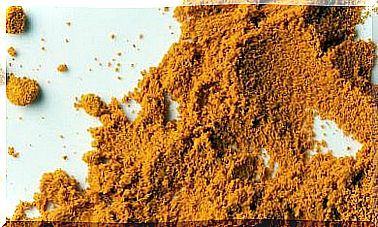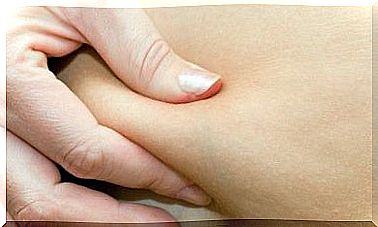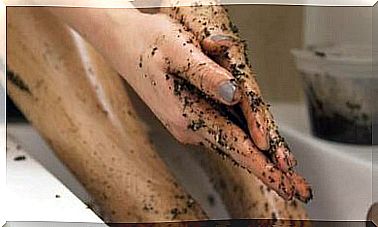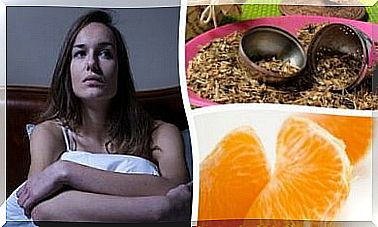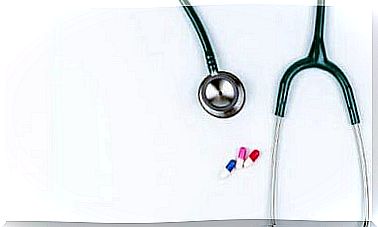Discover 5 Toxic Substances Present In Cosmetics
We use different cosmetic products daily for cleaning, makeup or disinfection. However, some of them may contain substances that are being studied to determine possible negative health effects.
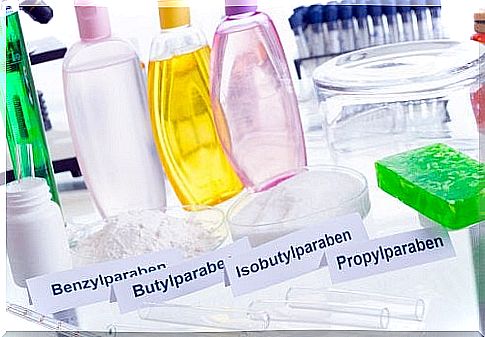
Do you know what are the ingredients of the cosmetics that you use daily for your body ? It is important that you know about some of the toxins in cosmetics that could damage your skin and even harm your overall health.
Parabens, sulfates, lead, triclosan or phthalates are among the most common. We tell you why they are harmful so that you can avoid them. There is no need to take risks, if we can choose other healthier products.
5 toxic substances in cosmetics
1. Parabens
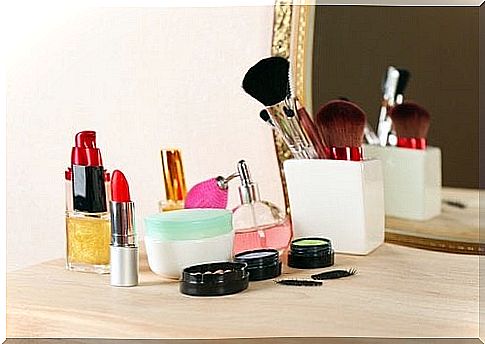
Parabens are the preservatives that are added to most cosmetic, pharmaceutical and industrial products. Studies have been underway for years to verify the harmful effects on the skin and their possible implication in breast cancer, due to their estrogenic properties.
However, there is still no evidence to regulate its use. In fact, some studies indicate that the risk would be significant if exposure to these chemicals were daily.
However, the increasingly frequent presence of parabens in a wide range of products, including foodstuffs, favors permanent contact.
2. Sulphates
Among the different sulphates, sodium lauryl sulphate can be distinguished, a common surfactant that acts as a cleansing agent, However, this compound penetrates the skin and causes dryness and irritation of the skin depending on its concentration.
However, when it comes to criticism of its relationship to cancer, there is no scientific evidence. But it is also true that there is a lack of long-term studies on the effects of its continued application on the skin.
- Some milder sulfates are used as less harmful substitutes, such as ammonium lauryl sulfate or sodium lauryl sulfate.
3. Lead
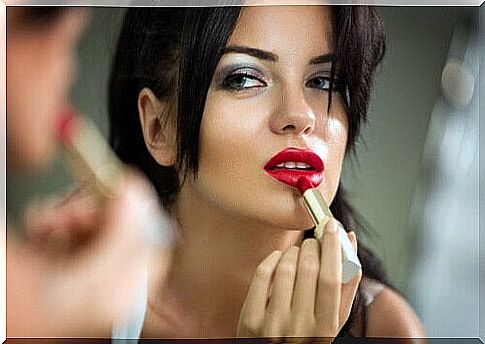
The United States Food and Drug Administration (FDA) performed an analysis to determine the levels of lead in lipsticks and other cosmetics. Among them were well-known brands.
From this analysis, a maximum amount of lead was determined in these products. Measures have been taken to eliminate products which could be hazardous to health. It was concluded that up to 10 ppm of lead in these products did not pose a significant risk.
However, it should be noted that the analysis takes into account the external application of these cosmetic products. However, in the case of lipsticks, the part that the person accidentally ingests is not covered.
4. Triclosan
Triclosan (TCS) is a common antimicrobial ingredient in deodorants and cleaning products like disinfectants. To a lesser extent, it can also be found in toothpastes and mouthwashes.
This compound is easily absorbed through the skin and mucous membranes. In fact, it has been detected in urine and even in breast milk, and its continued exposure causes allergies, asthma, cardiovascular problems, endocrine and reproductive problems, and the development of certain types of cancer.
5. Phthalates
Phthalates are multifunctional chemicals found in a wide variety of consumer products. Including cosmetic and personal care products, and even baby products. In addition, they are part of many plastic containers. That is why we have direct and frequent contact with them.
Phthalates could cause serious health problems, such as infertility, obesity, asthma, allergies or breast cancer. Although some studies show insignificant alterations, they do not take into account their long-term course, as they themselves claim.
Conclusion on toxic components in cosmetics
As we have seen, it is difficult to find a consensus in these studies. Because some insist on the safety of these components. While others warn against health risks. However, we are increasingly exposed to this type of substance, and only future research will be able to assess the real risks.
For this reason, we recommend avoiding these toxic products in cosmetics whenever possible. Many are not essential and can be replaced with other natural components.

